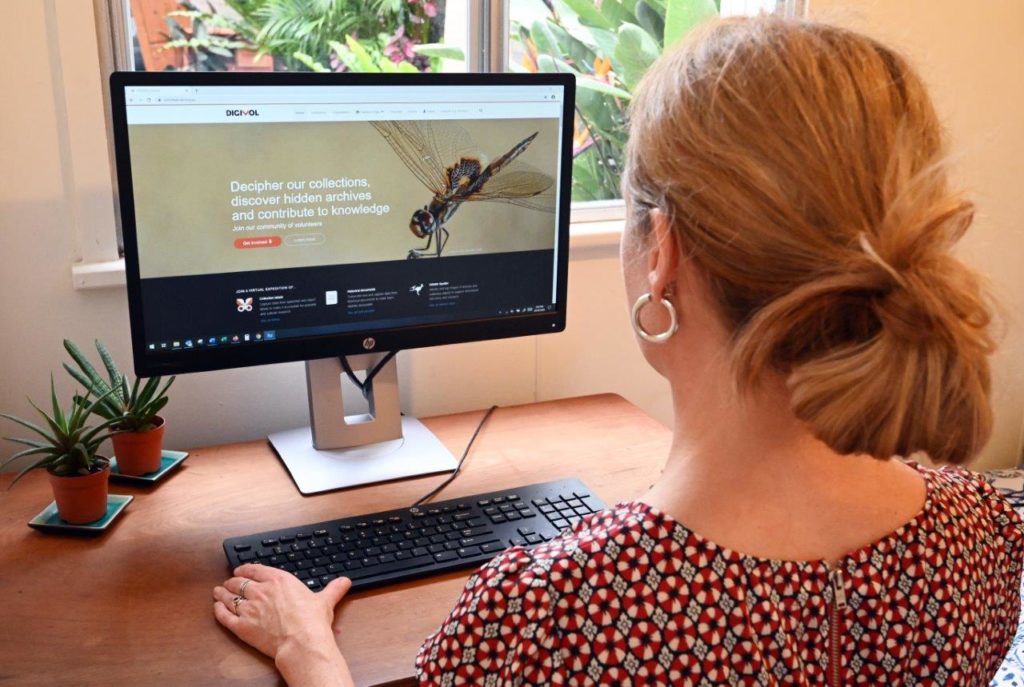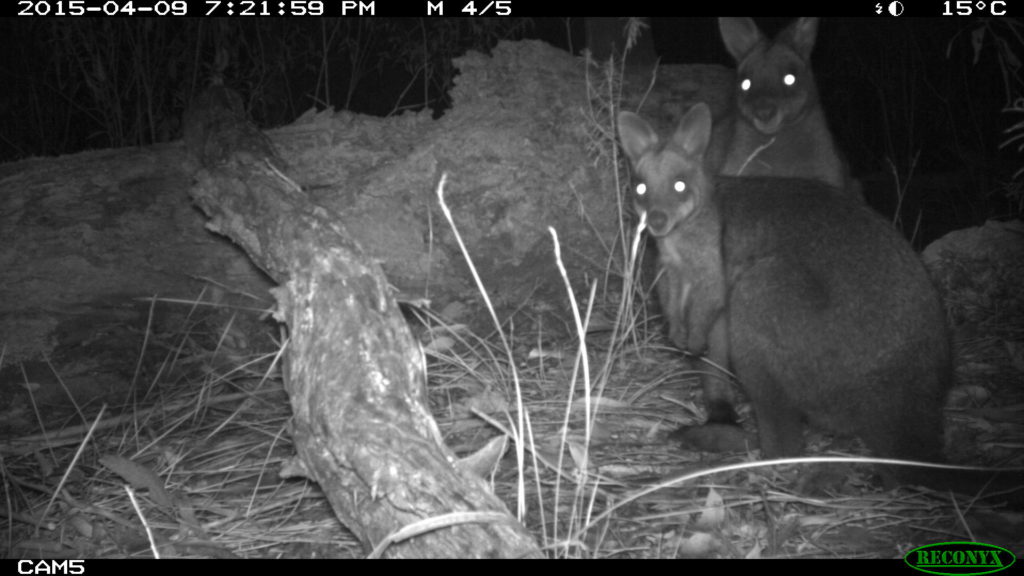
There is lots of great technology for citizen scientists to use that supports post-bushfire monitoring and recovery projects. Image credit: Australian Citizen Science Association.
Welcome to part two of our citizen science emergency series. Before you start, check out part one on baseline monitoring and refresh your memory on what citizen scientists do!
In this post, we’ll discuss how you can help with post-disaster recovery.
Citizen scientists, we need you!
Many citizen science projects help communities after an extreme event. Some projects ask volunteers to record species, track conditions or provide information on the event. Some projects also provide real-time information during an event. And some help experts understand recovery needs post-event.
For example, in the 2015 Nepalese earthquake, using OpenStreetMap helped locate people at risk and deliver services to affected areas. And we can’t forget social media. It’s also used as an information tool during and after extreme events, as it can provide more localised information and fill in gaps from radio and television.
In other words, you’re an essential piece of the puzzle for disaster recovery.
In the aftermath of an extreme event, scientists are under the pump. When you contribute valuable data and information, it means research teams can focus their efforts on the bigger picture.
This involvement goes well beyond just helping science. It also helps build knowledge and give people a sense of personal fulfillment. So, it’s important to know how you can contribute and make a difference when disaster strikes.

There are lots of great ways you can help scientists! For example, you can look through images on the DigiVol platform. Image credit: Australian Museum.
Recording observations in fire affected areas
After the bushfires in 2019-20, a number of citizen science projects popped up. Some projects include the Environment Recovery Project, Mallacoota After Fire, Hungry Parrots Project, Kangaroo Island Invertebrates, and the NSW Post-fire Monitoring Reptiles. These projects use iNaturalist Australia, a free mobile and desktop app.
For all projects the premise is simple:
- Upload a photo of a species (plants, animals, insects and fungi) in fire affected area to iNaturalist Australia
- The project owners will take the information and use it for their own research. This contributes to our understanding of the long and short-term impacts of extreme events on the species. And all observations go on the Atlas of Living Australia (ALA) website.
Sharing stories as citizen scientists
Or why not join the ISeeChange community!
ISeeChange is a global online platform that investigates climate impacts. People share their experiences, tell their stories, and collect data on the platform.
In the past, the ISeeChange community has reported the onset, impacts and aftermath of bushfires, floods and droughts. This data helps engineers and organisations to create environmental change.
Visit the ISeeChange website and download the app to get involved.

Help researchers looks through camera traps. For instances, you could help identify this image of a Swamp Wallaby (Wallabia bicolour). Image credit: David Akers.
Swiping through animal images
Lots of bushfire recovery projects use remote camera traps to monitor animals in burnt and unburnt landscapes. These remote cameras generate thousands of images. But it can take days for researchers to review and curate the images. Luckily, we have DigiVol.
DigiVol is a collaboration between the Australian Museum and the Atlas of Living Australia. Volunteers use the platform to review camera trap images and help identify species in the candid shots. And the best part is, you can do this from home, on your computer, at any time.
Visit DigiVol Bushfire Recovery Projects and start searching.
That’s it for the second part of our citizen science emergency series. Keep an eye out for the third and final blog next week. In the last part of the series, we’ll show you how to set up your own citizen science project.


18th December 2021 at 8:31 pm
I did some work on sea grasses but after going away on holiday I did not continue. Am interested in getting back. Not necessarily sea grasses.